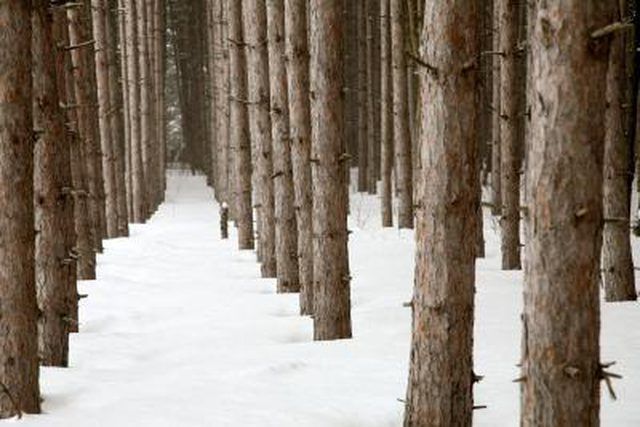Bulbs
Flower Basics
Flower Beds & Specialty Gardens
Flower Garden
Garden Furniture
Garden Gnomes
Garden Seeds
Garden Sheds
Garden Statues
Garden Tools & Supplies
Gardening Basics
Green & Organic
Groundcovers & Vines
Growing Annuals
Growing Basil
Growing Beans
Growing Berries
Growing Blueberries
Growing Cactus
Growing Corn
Growing Cotton
Growing Edibles
Growing Flowers
Growing Garlic
Growing Grapes
Growing Grass
Growing Herbs
Growing Jasmine
Growing Mint
Growing Mushrooms
Orchids
Growing Peanuts
Growing Perennials
Growing Plants
Growing Rosemary
Growing Roses
Growing Strawberries
Growing Sunflowers
Growing Thyme
Growing Tomatoes
Growing Tulips
Growing Vegetables
Herb Basics
Herb Garden
Indoor Growing
Landscaping Basics
Landscaping Patios
Landscaping Plants
Landscaping Shrubs
Landscaping Trees
Landscaping Walks & Pathways
Lawn Basics
Lawn Maintenance
Lawn Mowers
Lawn Ornaments
Lawn Planting
Lawn Tools
Outdoor Growing
Overall Landscape Planning
Pests, Weeds & Problems
Plant Basics
Rock Garden
Rose Garden
Shrubs
Soil
Specialty Gardens
Trees
Vegetable Garden
Yard Maintenance
How to Grow Pine Trees for Timber
How to Grow Pine Trees for Timber. Growing pine trees for timber is a long-term investment that can reap future rewards. Though it can take over 30 years for a pine tree to be ready for timber harvesting, it is a practical use for marginal or abandoned farmland. White Pine in particular is a good tree crop, as it has few natural predators and grows...

Growing pine trees for timber is a long-term investment that can reap future rewards. Though it can take over 30 years for a pine tree to be ready for timber harvesting, it is a practical use for marginal or abandoned farmland. White Pine in particular is a good tree crop, as it has few natural predators and grows quickly with little management. Proper management is crucial in growing pine trees for timber, though. The highest prices go to the highest quality of trees.
Things You'll Need
Farmland
Pine seedlings
Fertilizer
Pruning shears
Choose the type of pine tree best suited for your land. White pines are best suited for coarse, sandy soils while Valley pines grow well in loamy, somewhat poor-draining soils. Consult your local nursery for information on pine trees in your area.
Prepare the planting site by removing competition for light and nutrients. You may use an herbicide, lawnmower or a controlled burning method to weed out competitive plants. Grass, in particular, competes with pine seedling roots for moisture.
Plant 2- or 3-year-old seedlings with 10-by-10-foot spacing. This will yield approximately 435 trees per acre and provide adequate room for growth and harvest. Follow your local nursery’s planting directions for your specific type of pine.
Prune off dead branches up to 17 feet in height on trees no larger than 7 inches in diameter. This will remove unsightly stubs and ensure cuts are covered by new wood before harvest.
Fertilize seedlings in early spring to encourage rapid growth. Use a balanced formula specially formulated for pine trees and follow label directions for application.
Tips & Warnings
When initially planting seedlings, wait until after the first of February to avoid frost damage.
Fire lanes should be installed as the thin bark of white pines can be heavily damaged by fire.